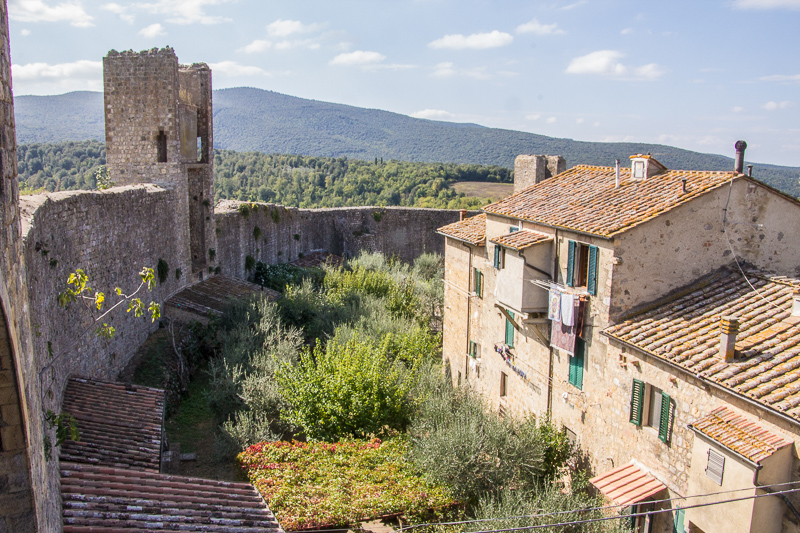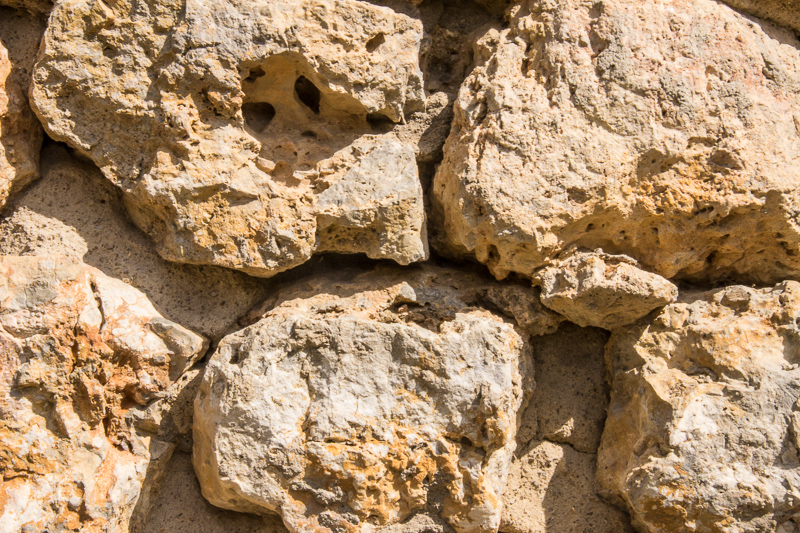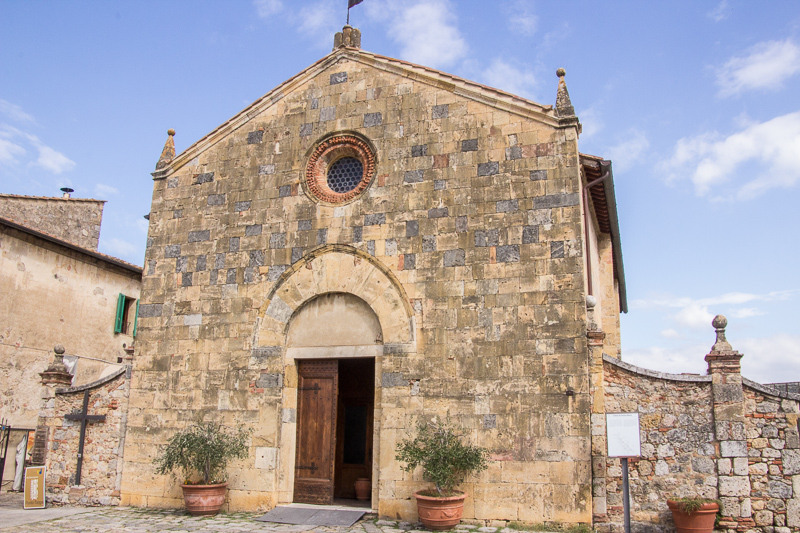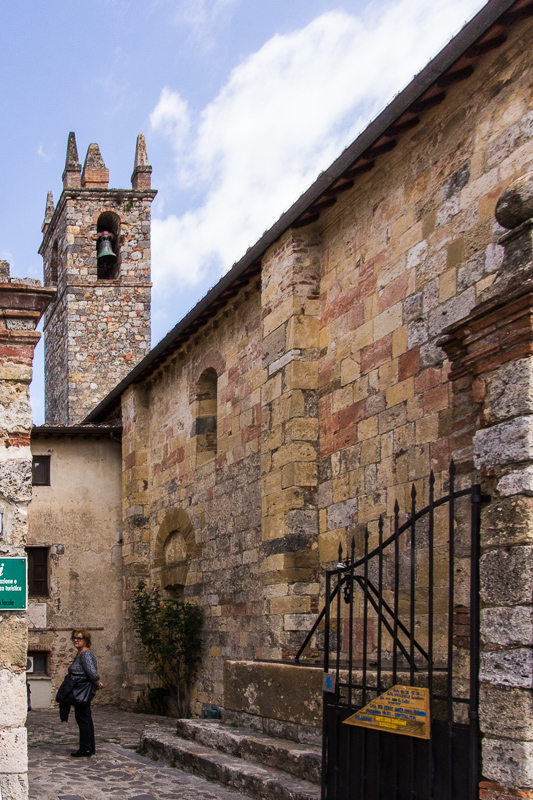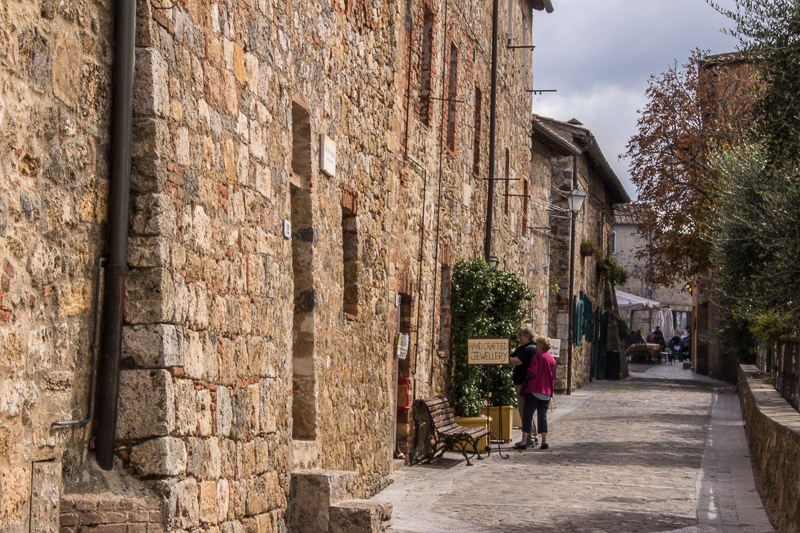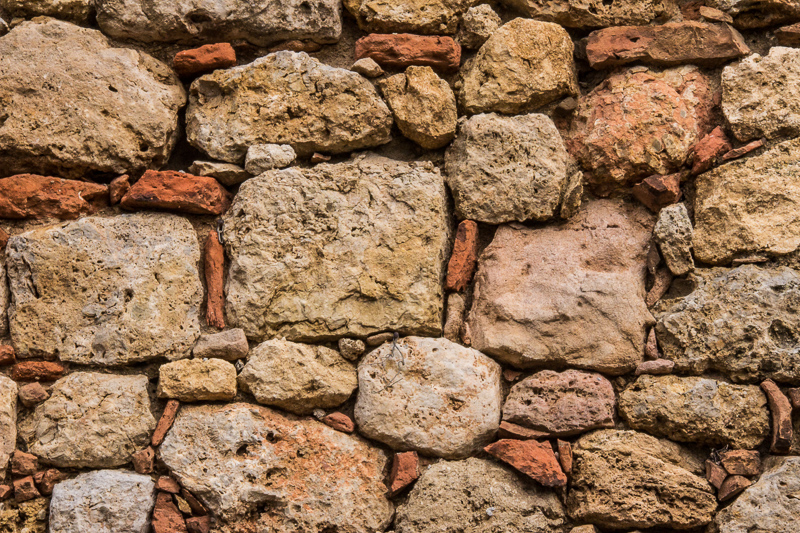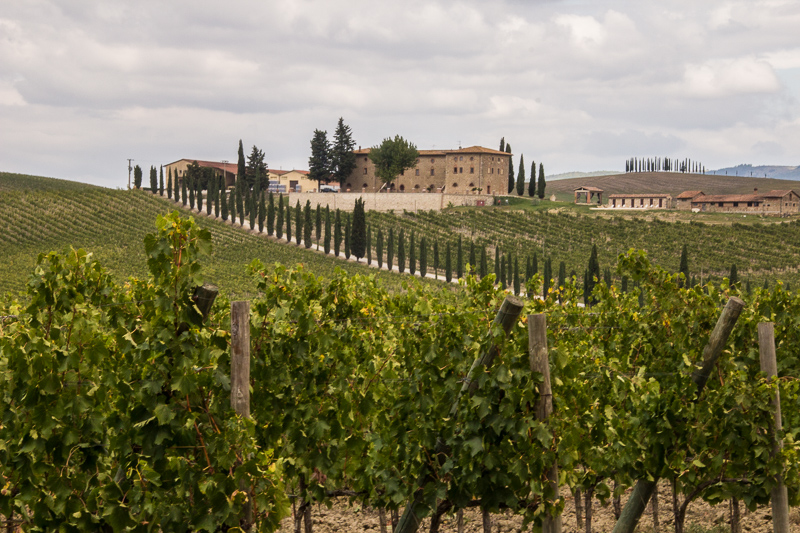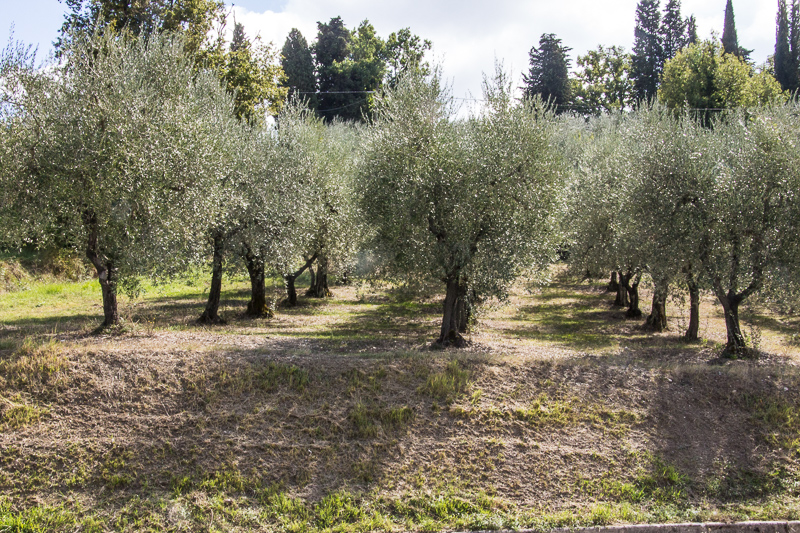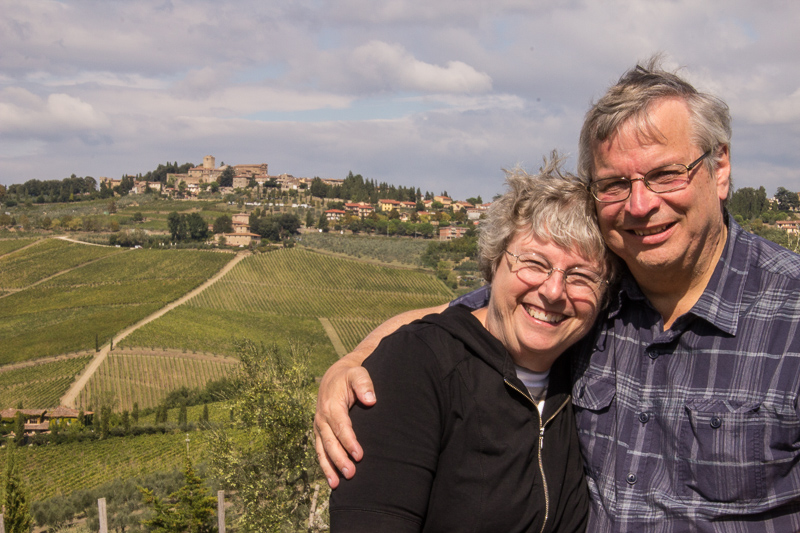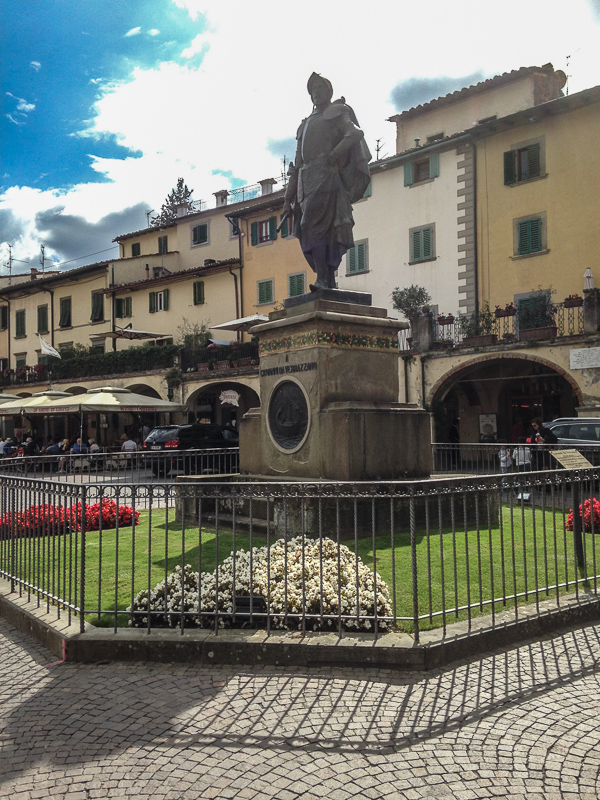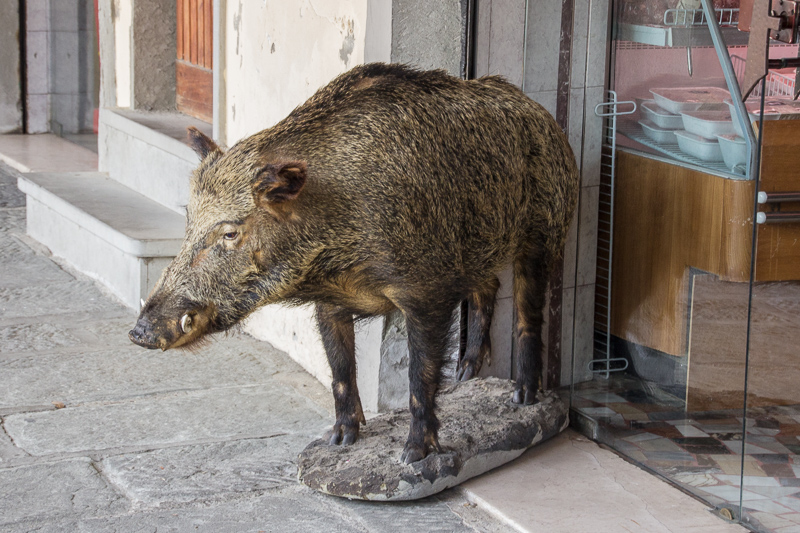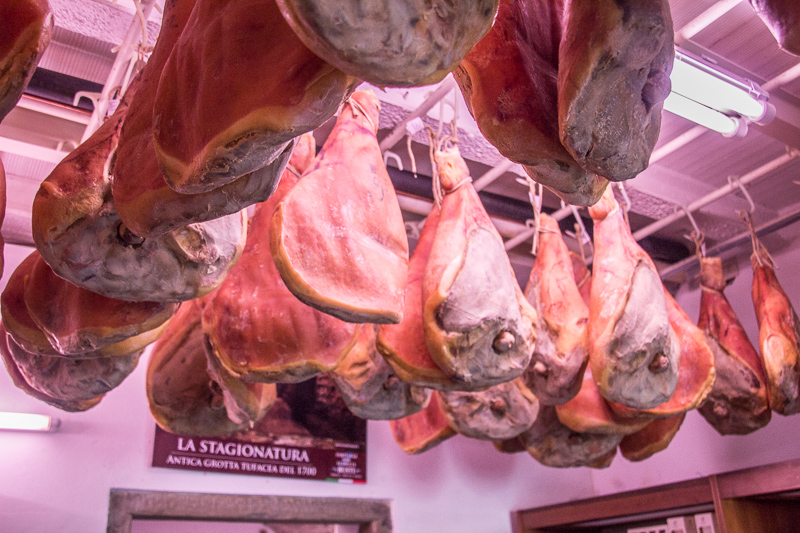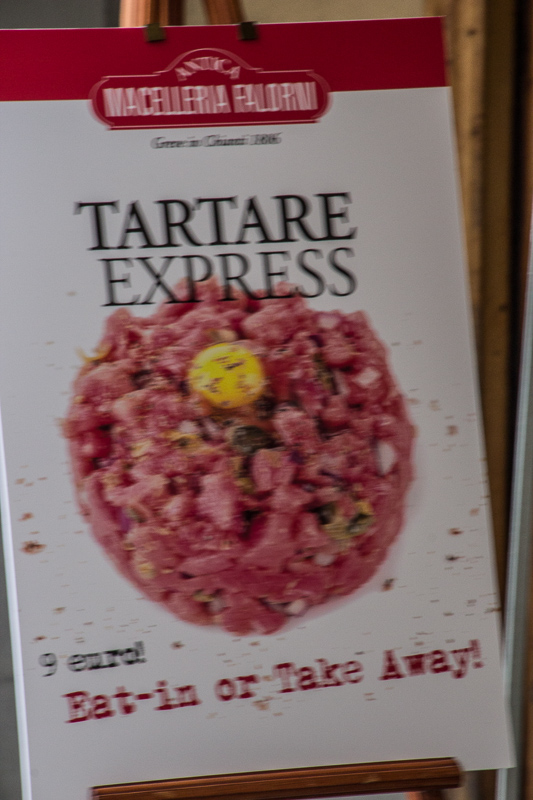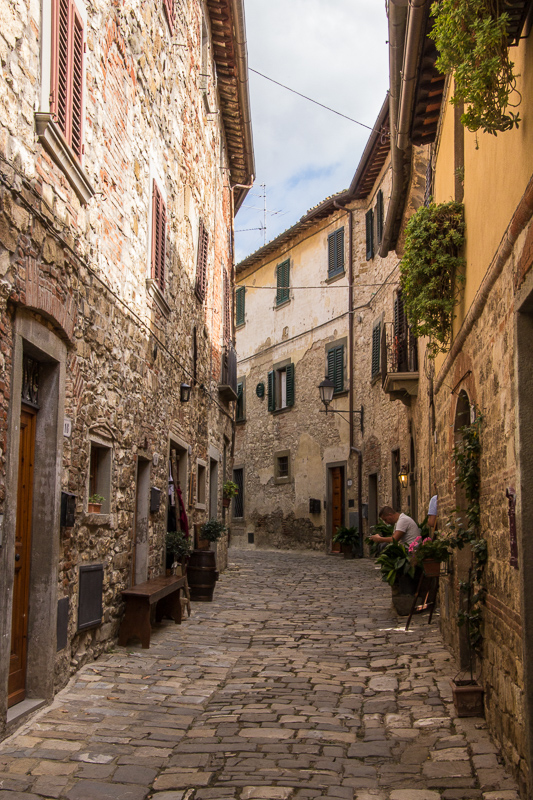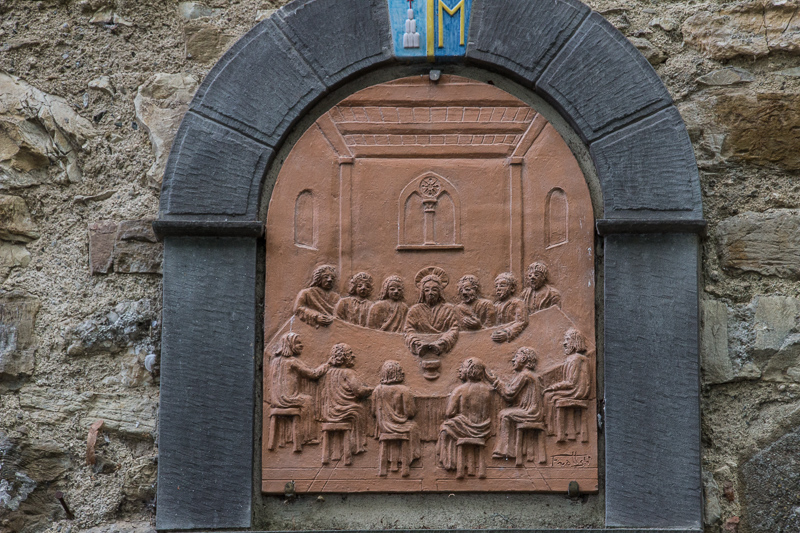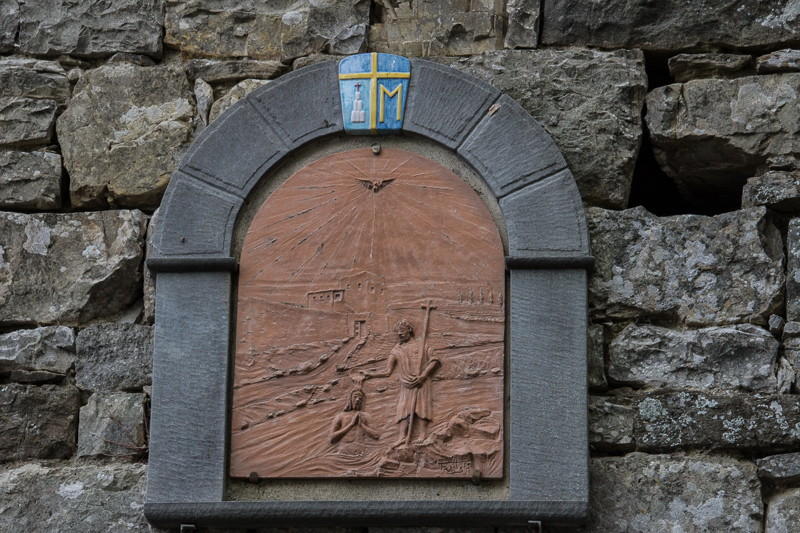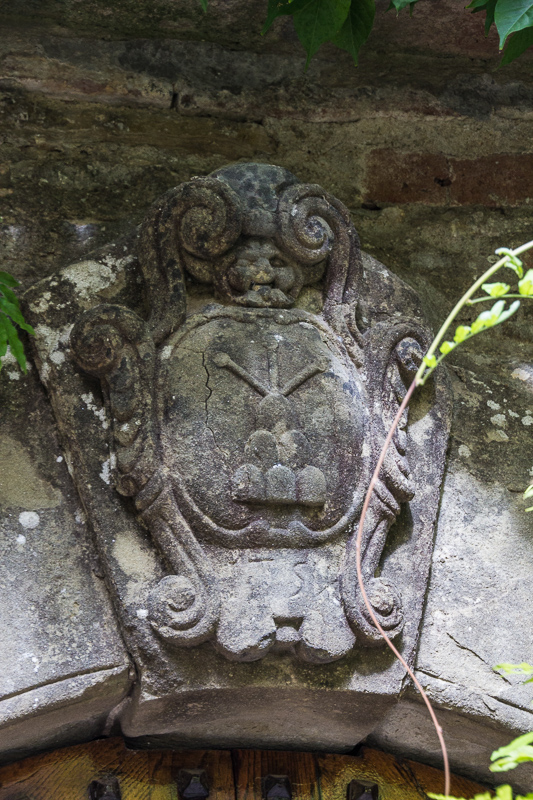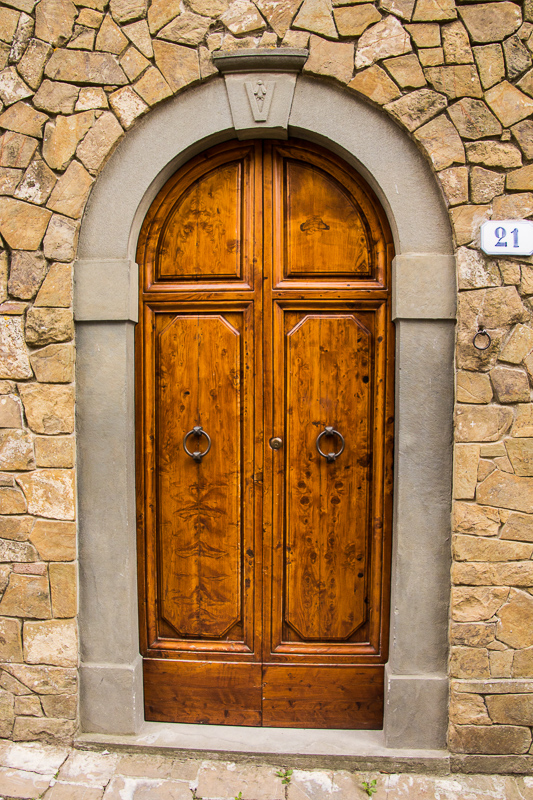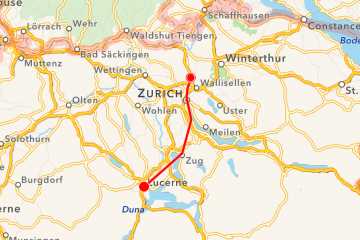Tuscany Tour Part 2
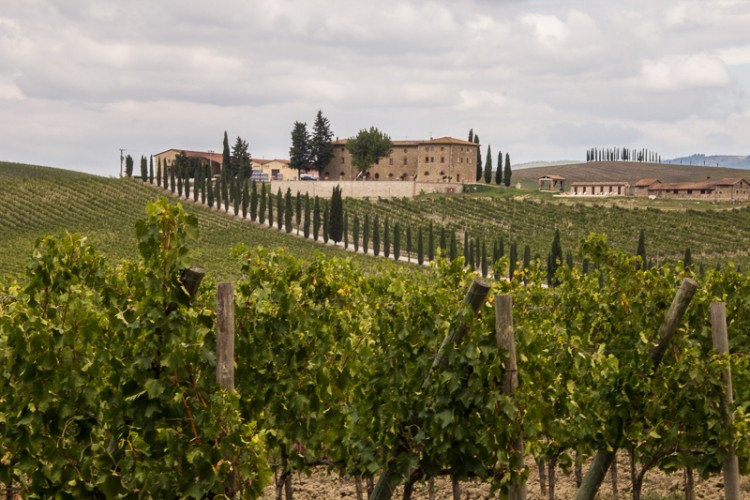
This is part 2 of our Tuscany Tour, taking up where we left off. We drove from San Gimignano to Monteriggioni, an even smaller medieval hill town with a circle wall and 12 towers in the wall. From below, on the road, the town looks like a castle. From there, driving through the beautiful hills of Tuscany, we went to Greve in Chianti, and finally to Montefioralle.
Leaving Monteriggioni, we took an extended drive through the beautiful Tuscan hill country. We stopped several times along the way to take photos.
Our next stop was the little town of Greve in Chianti. Its main feature for us is the town square, which is really a triangle. Massimo’s favorite shop is a butcher shop, and he led a couple of us on a tour of it! There was also a nice embroidery shop there, and a ceramics shop where we purchased an unusual blue bowl and a small square tray with a black rooster on it.
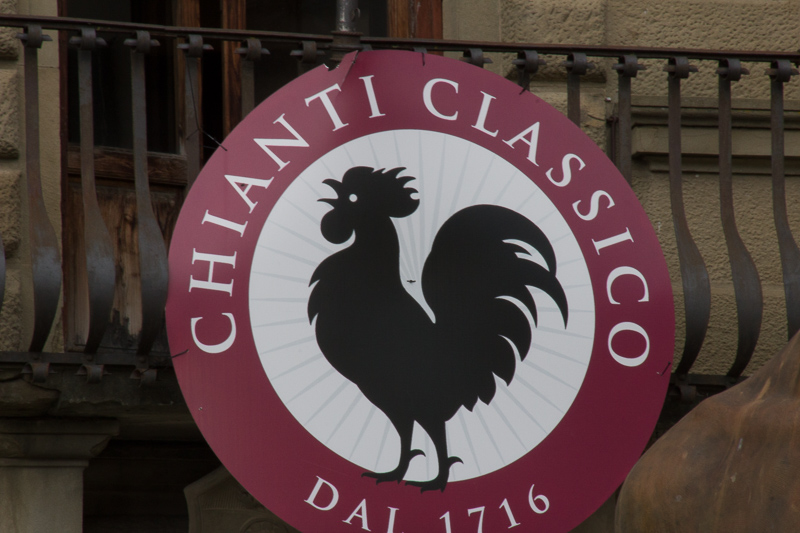
Chianti is the name of the region between Florence and Siena, Italy. Traditionally only wine made from grapes grown in this region may be called Chianti. This Chianti Classico brand uses the black rooster as its logo. There is a local legend about a black rooster figuring largely in a dispute between two rival powers, Florence and Siena. “DAL 1716” means that the company was established in 1716.
Karen says I should tell the story, so here goes. Back in medieval times, there was a big rivalry between the two city-states of Florence and Siena. Often the two were at war, and the boundary between them was subject to being moved. On one occasion, to avoid further bloodshed, a bargain was struck between them. A day was selected in advance, and the plan was when that day started, one man from each city would start out along the road in the direction of the other city. Wherever they met, that’s where the border would be drawn. So that they would have a fair start, they agreed that when they heard the rooster crow to start the day, that’s when they would set off. The citizens of Siena chose a fat, strong red rooster to be their starter, but the crafty Florentines chose a skinny, starving black rooster to sound their signal. The hungry bird woke first and began to crow, while the fat rooster slept in. By this tactic, Florence gained a larger portion of territory than Siena. So the black rooster is the symbol of the winner in Chianti.
The last stop on our Tuscany Tour was the tiniest town of them all: Montefioralle, which sits atop a hill above Greve in Chianti. Massimo told us that much of this town has been abandoned – there are homes sitting empty there that can be purchased. We tried to talk Steve into buying one and renting it out as a vacation rental.
Warning: count(): Parameter must be an array or an object that implements Countable in /home/votaws5/public_html/switaly2015/wp-includes/class-wp-comment-query.php on line 399

